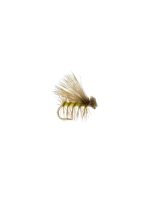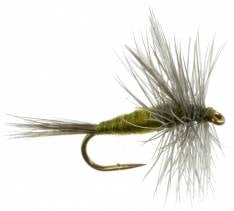Trout fishing leaders are an essential component of any fly fishing rig. Leaders are tapered sections of monofilament or fluorocarbon fishing line that connect the fly line to the fly. They’re designed to provide a smooth transition from the thick fly line to the thinner tippet material, which is attached to the fly.
There are many different types of trout fishing leaders, each designed to suit different fishing conditions and techniques. Here are some of the most common types of trout fishing leaders:
- Standard Leaders: Standard leaders are designed for general trout fishing and are suitable for a wide range of fishing conditions. They’re typically made from nylon monofilament and range in length from 7.5 to 9 feet. Standard leaders are a good choice for beginners and are versatile enough to be used in both still and moving water.
- Tapered Leaders: Tapered leaders are designed to provide a smooth transition from the thick fly line to the thin tippet material. They’re thicker at the butt end and taper down to a thinner diameter at the tip. Tapered leaders come in different lengths and tapers to suit different fishing conditions. They’re a good choice for casting small or lightweight flies and for fishing in clear water.
- Furled Leaders: Furled leaders are made from multiple strands of material twisted together to create a strong, flexible leader with a soft presentation. They’re typically made from nylon, fluorocarbon, or silk and are suitable for a wide range of fishing conditions. Furled leaders are a good choice for dry fly fishing and for fishing in clear water.
- Euro Nymphing Leaders: Euro Nymphing leaders are designed for specialized nymphing techniques that require a long, thin leader. They’re typically made from fluorocarbon and range in length from 18 to 22 feet. Euro Nymphing leaders are a good choice for fishing in fast-moving water and for targeting large trout.
- Saltwater Leaders: Saltwater leaders are designed for fishing in saltwater environments and are typically made from fluorocarbon or nylon monofilament. They’re designed to withstand the harsh conditions of saltwater fishing and are often much heavier and thicker than standard trout fishing leaders.
In conclusion, choosing the right trout fishing leader is an important part of setting up a successful fly fishing rig. By understanding the different types of leaders available and the conditions they’re best suited for, you can select the right leader for your fishing needs and increase your chances of catching more trout

